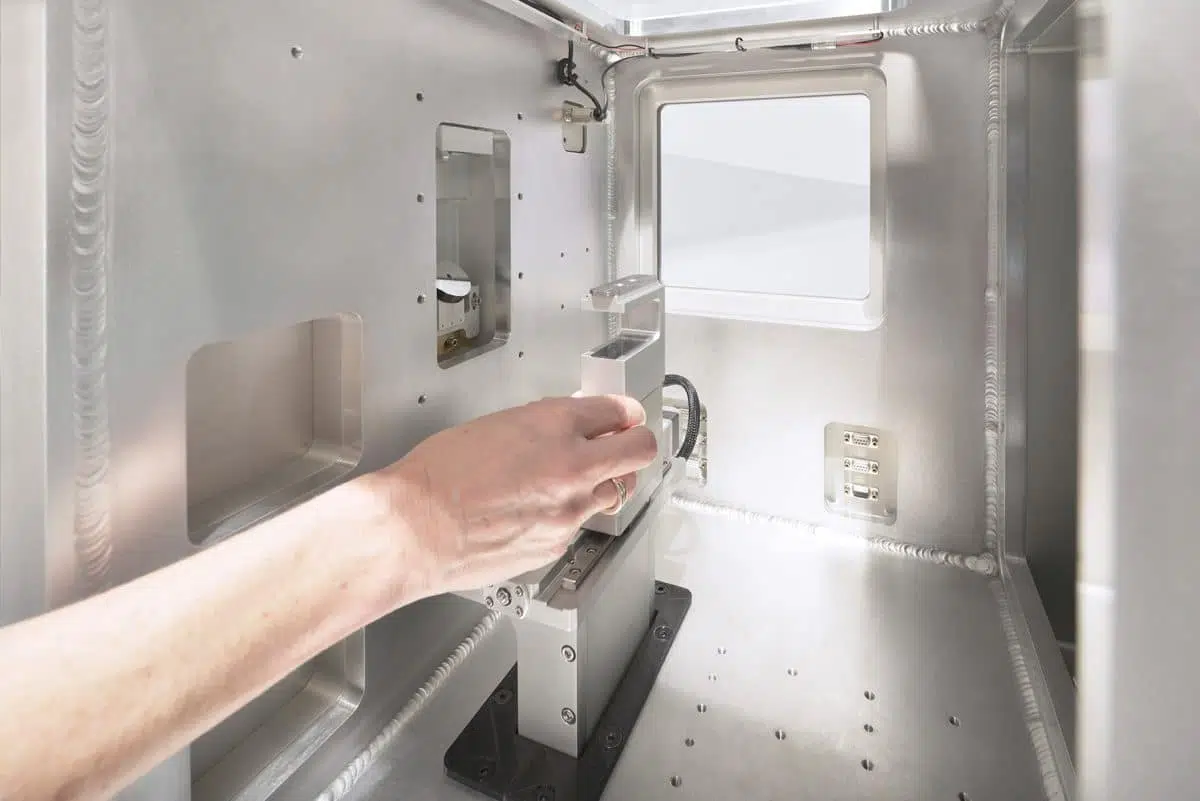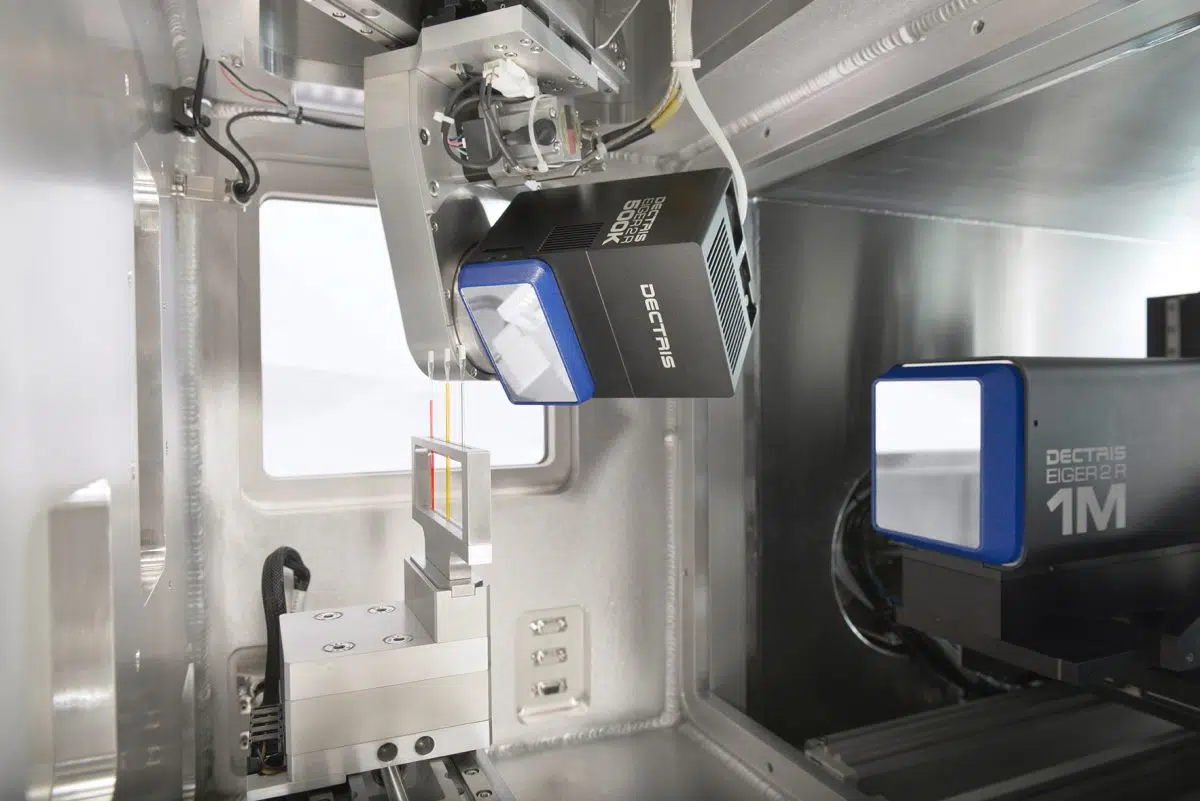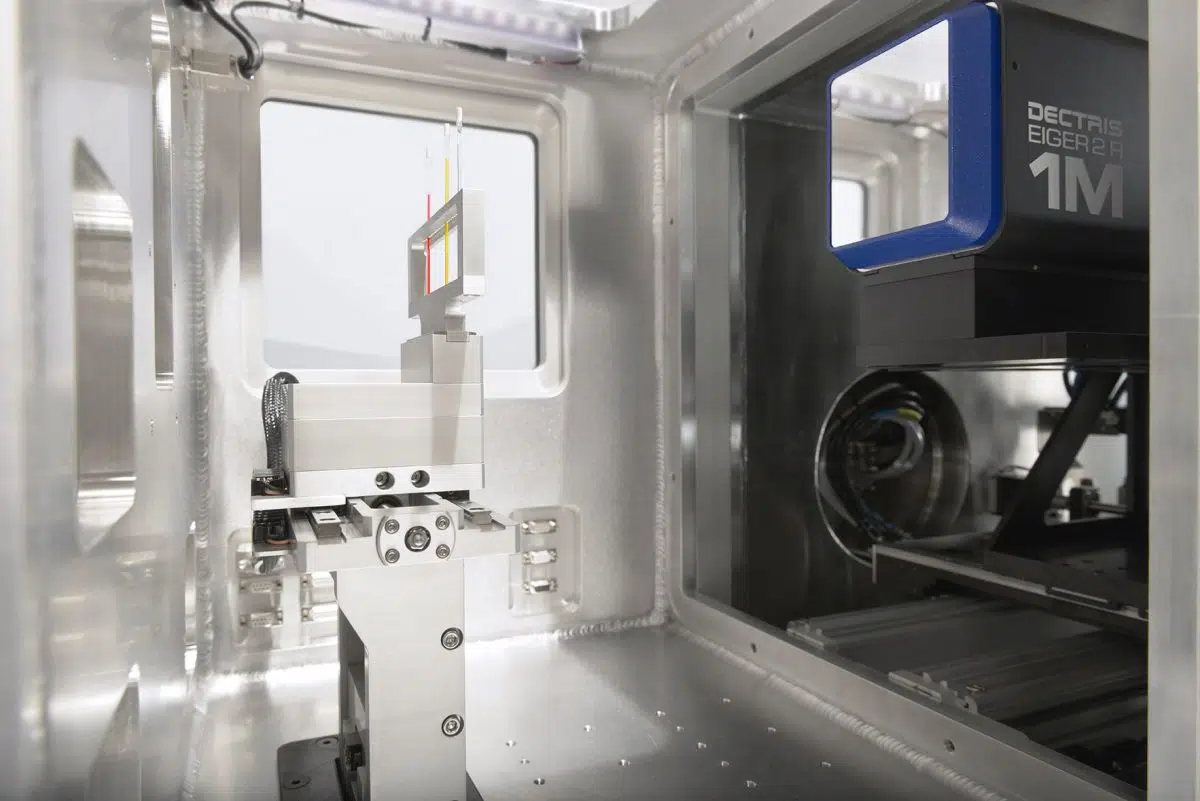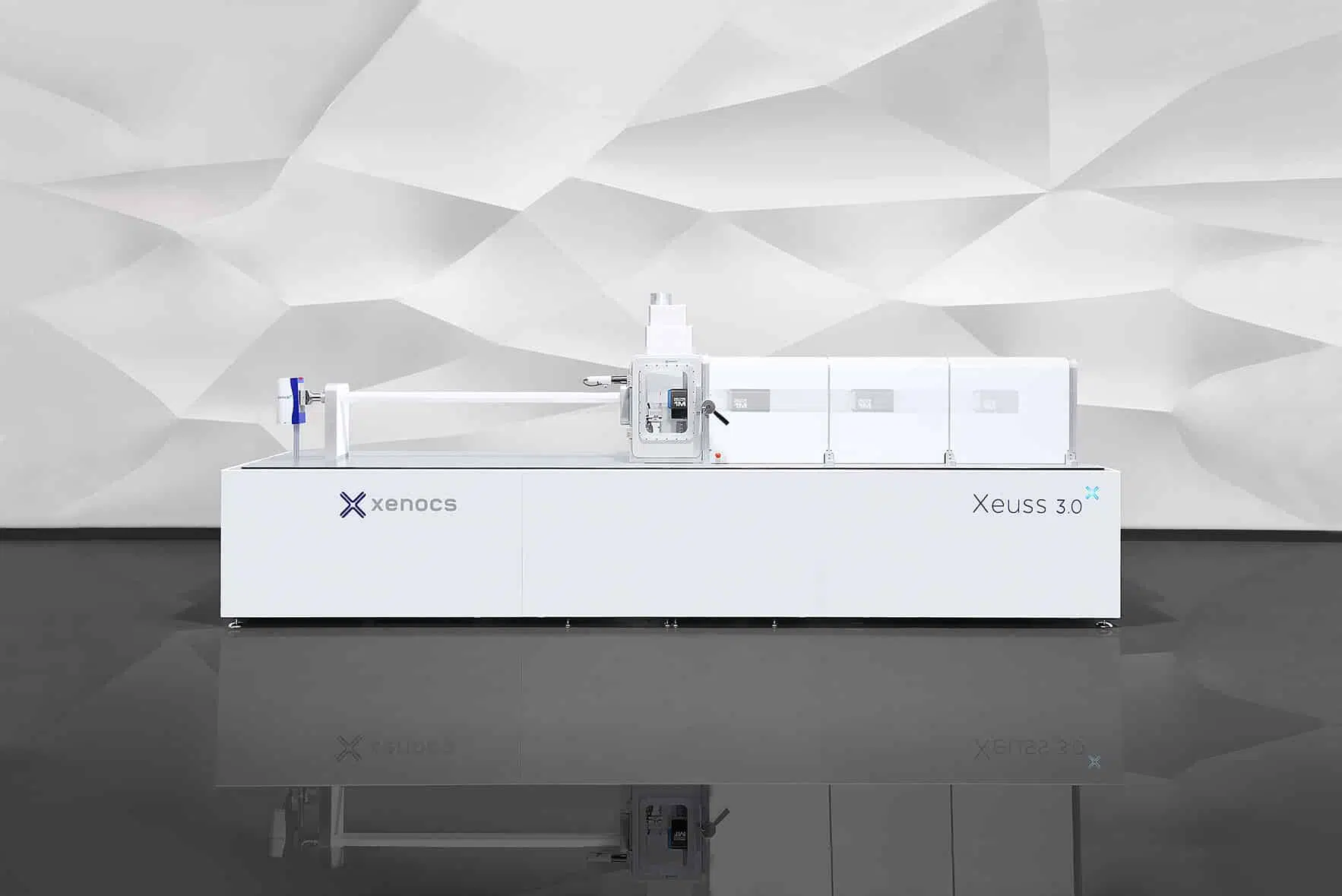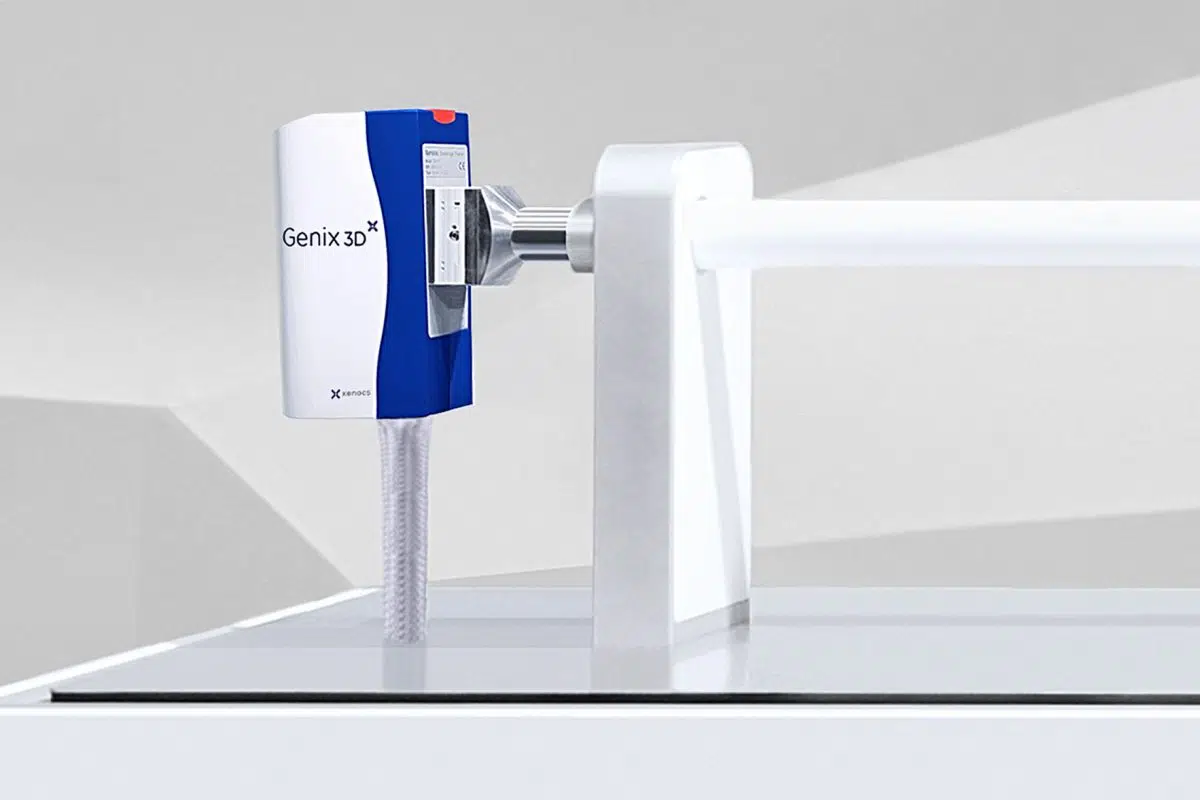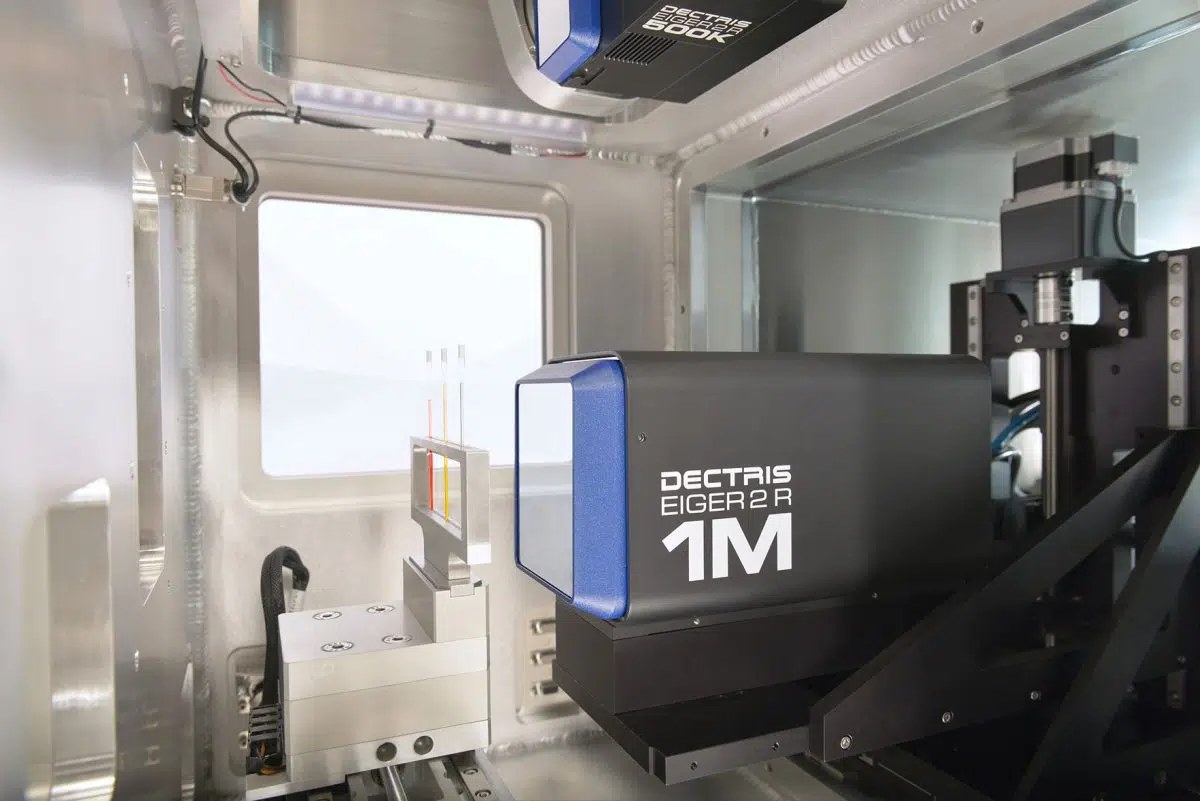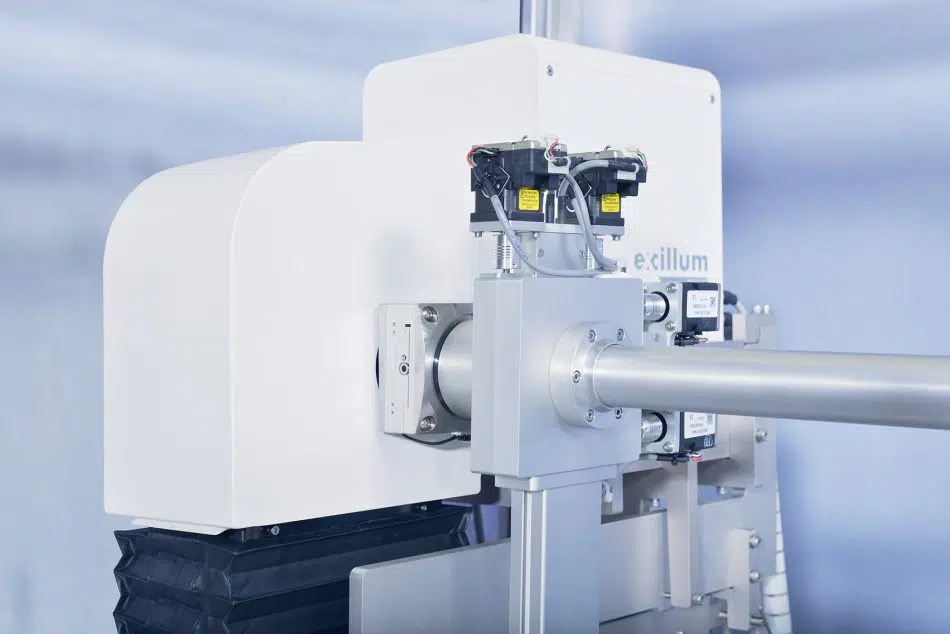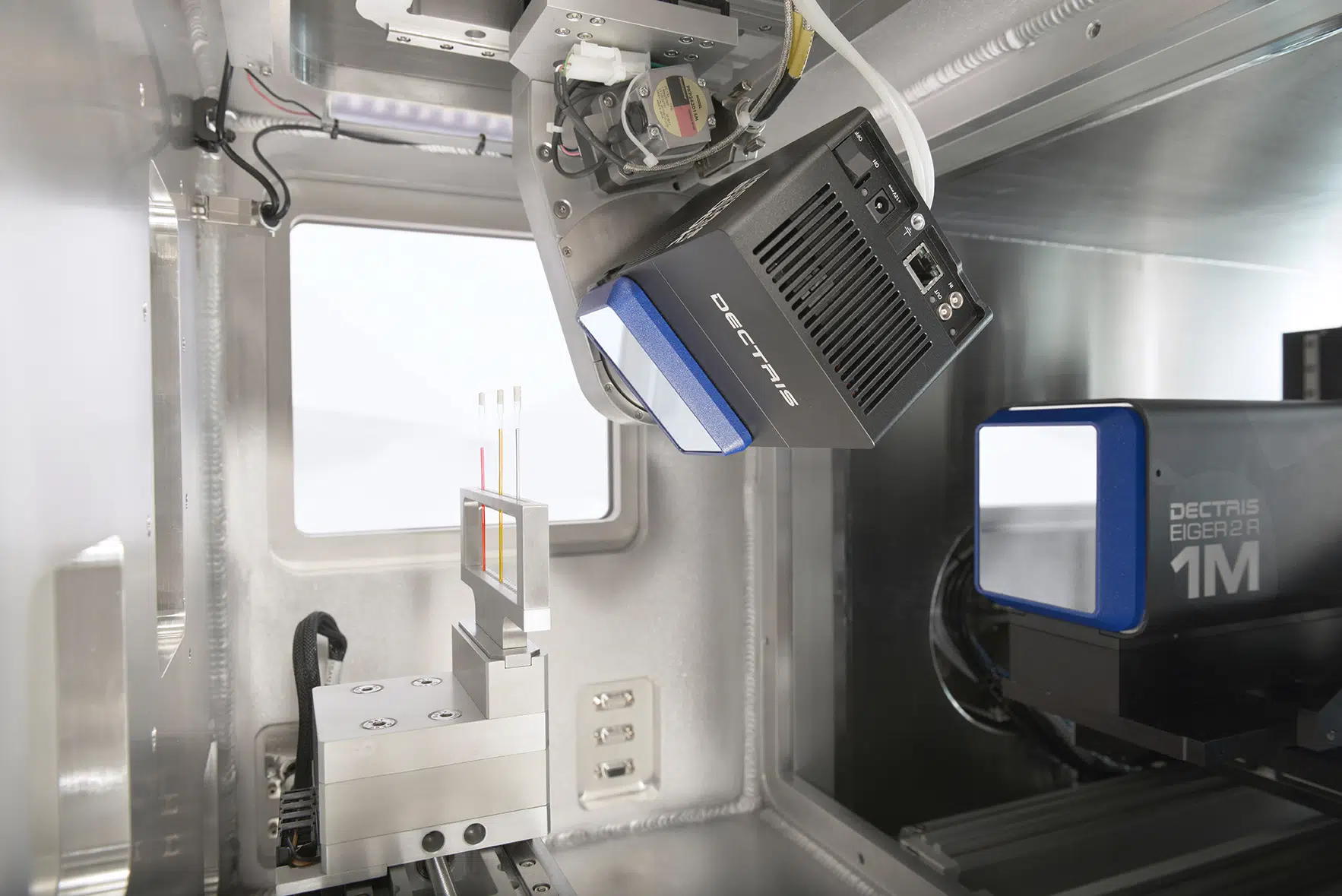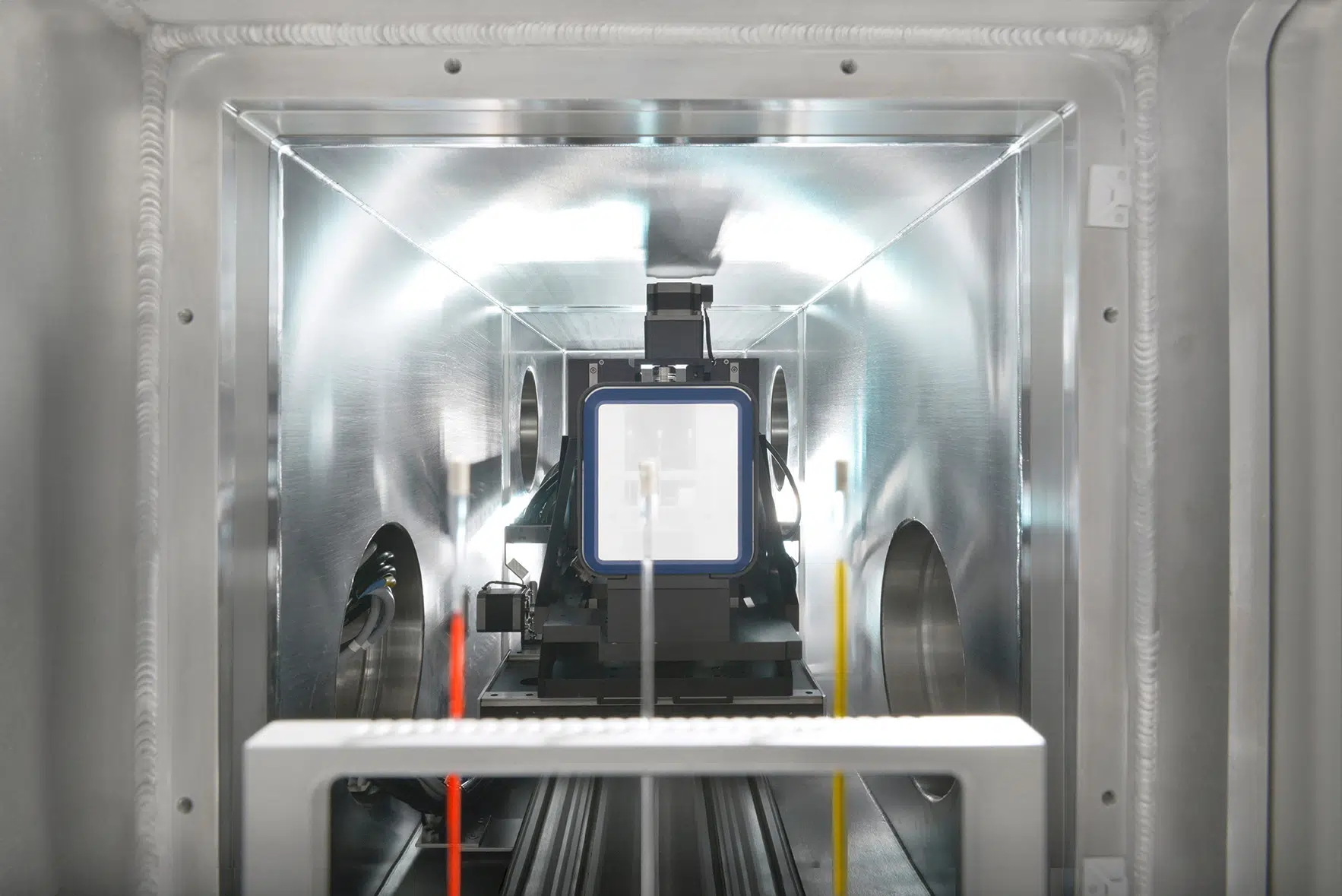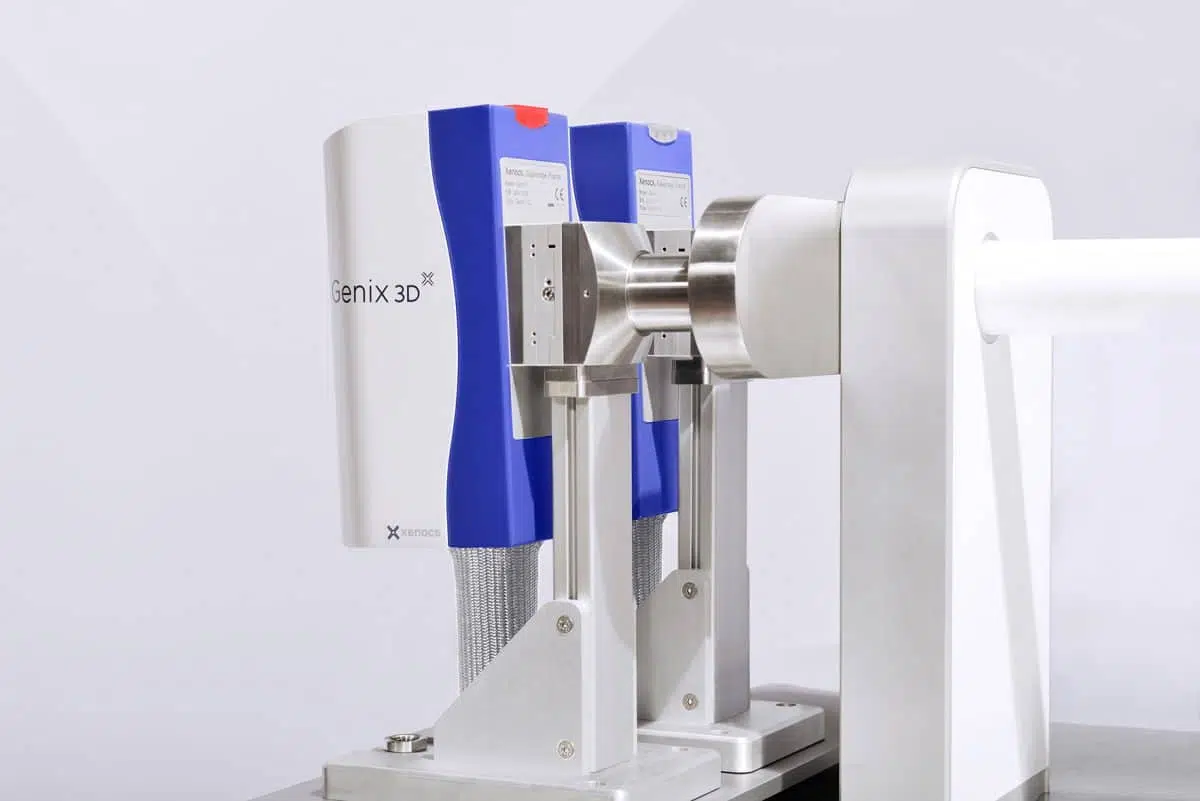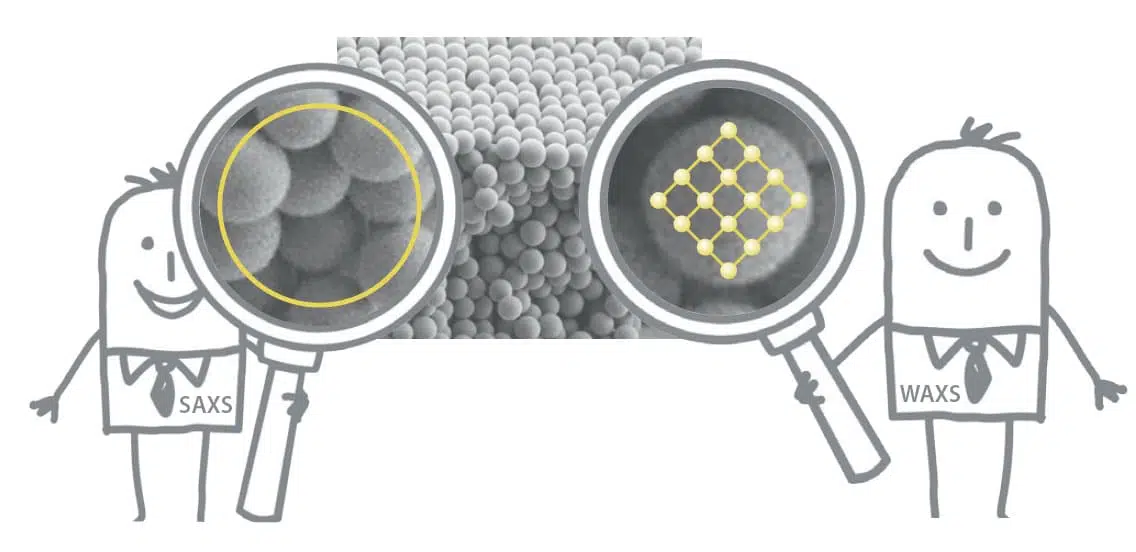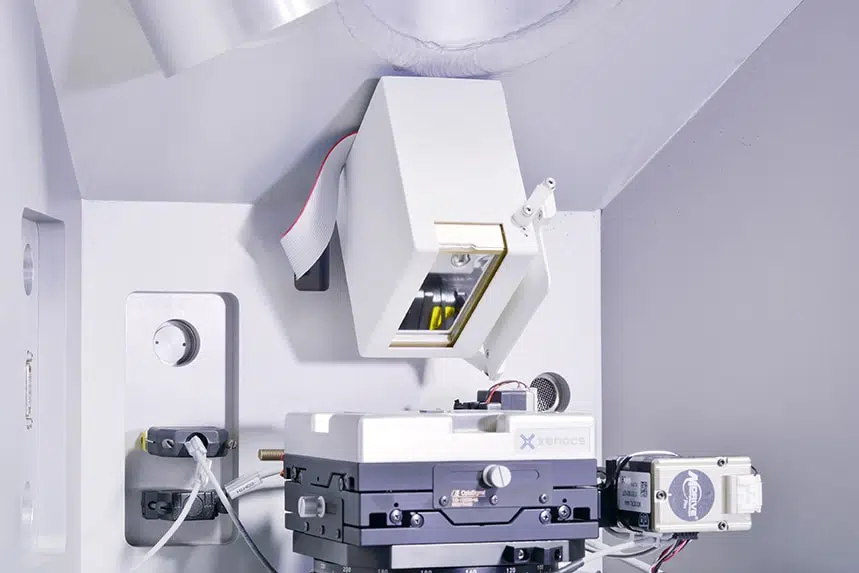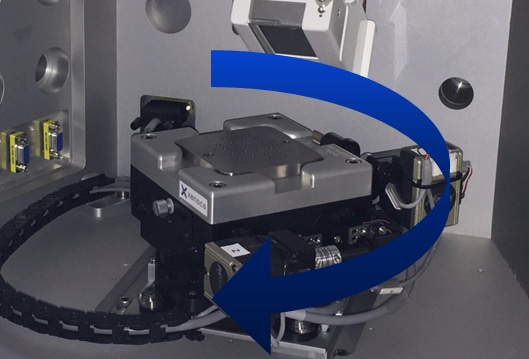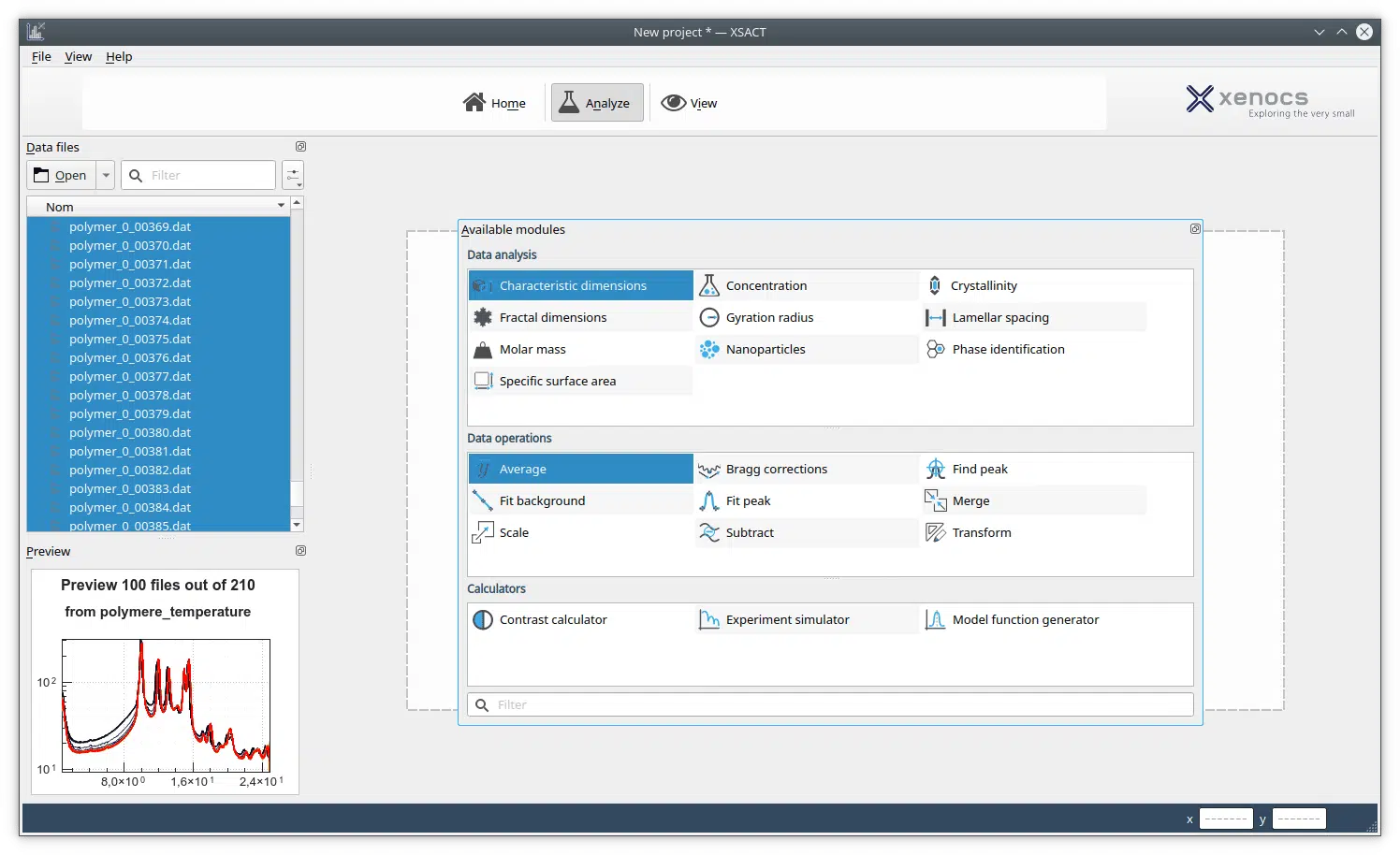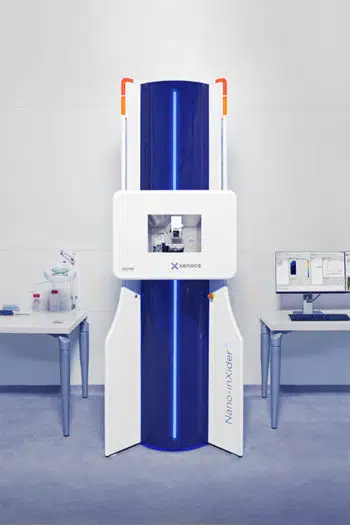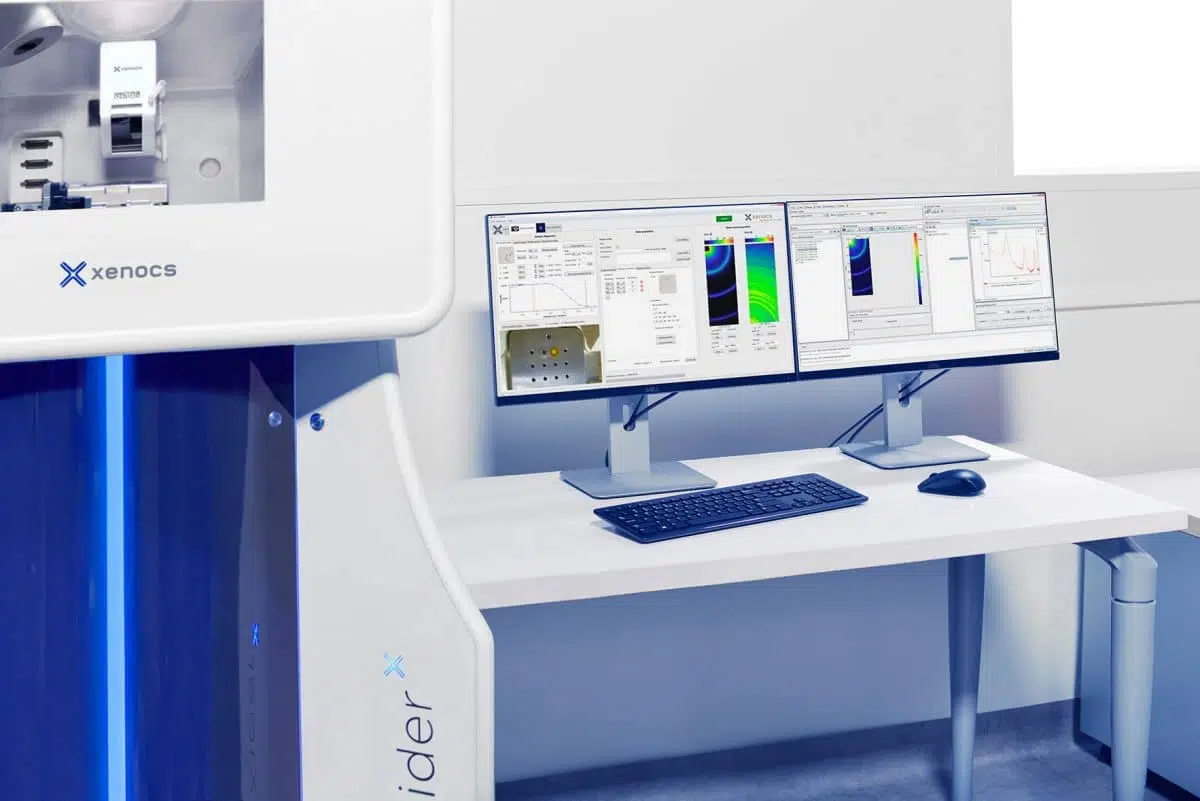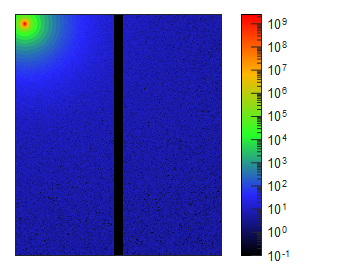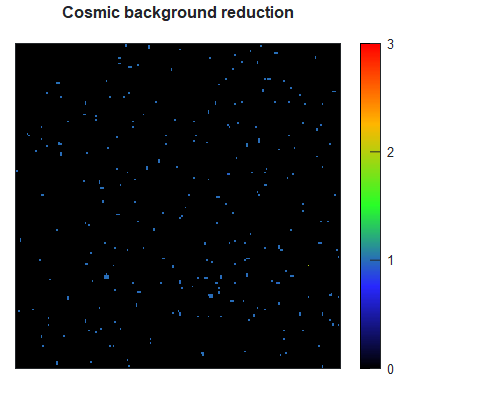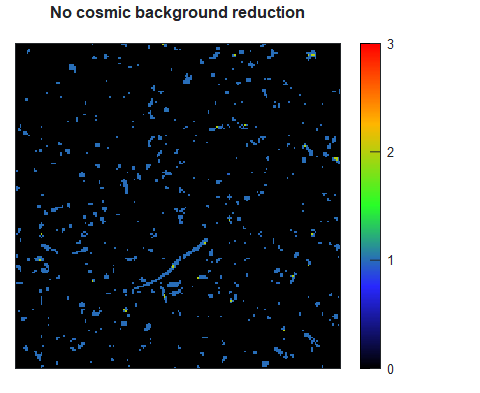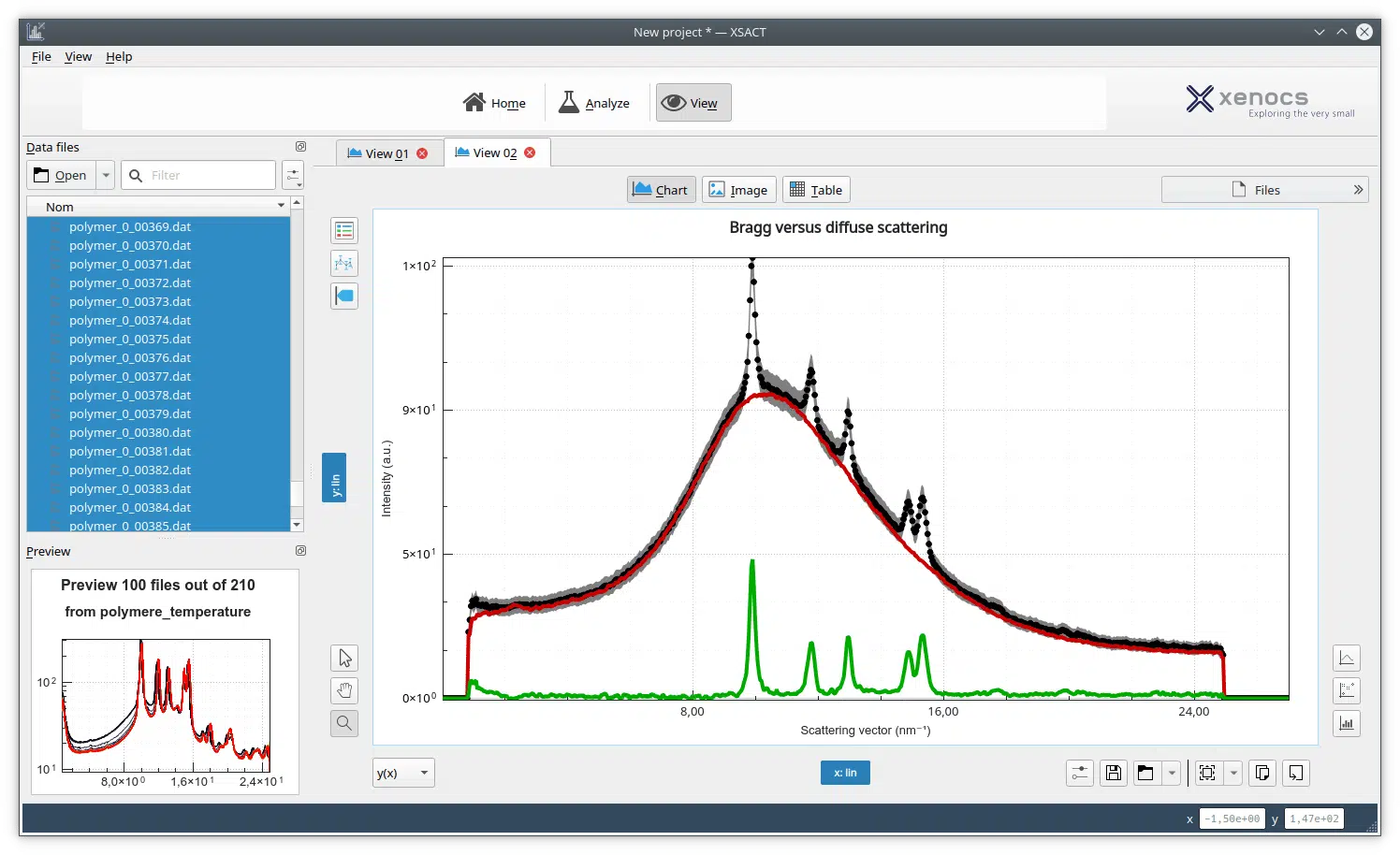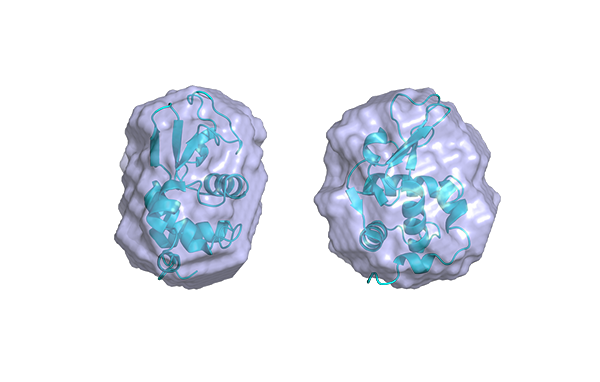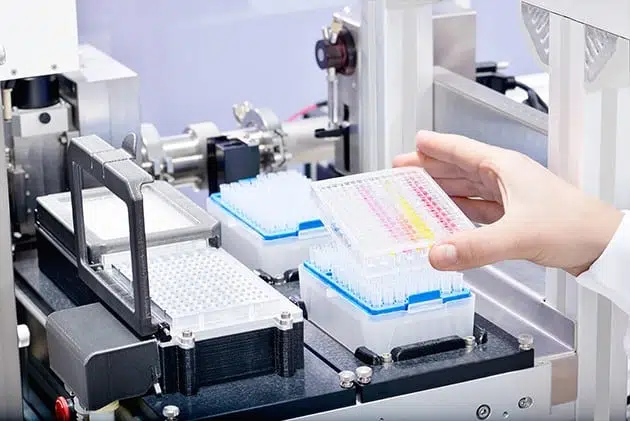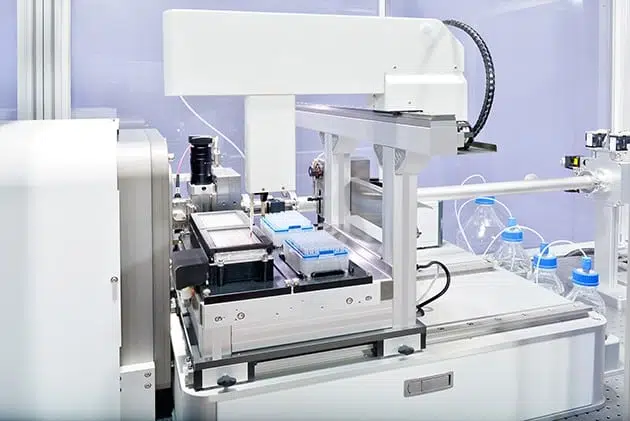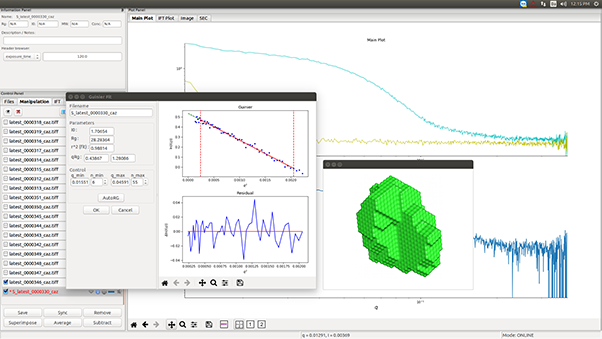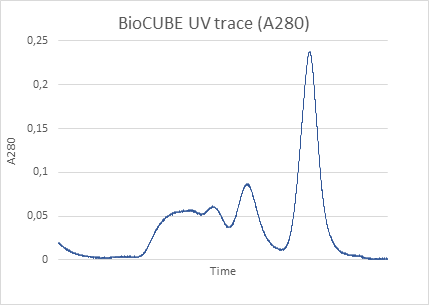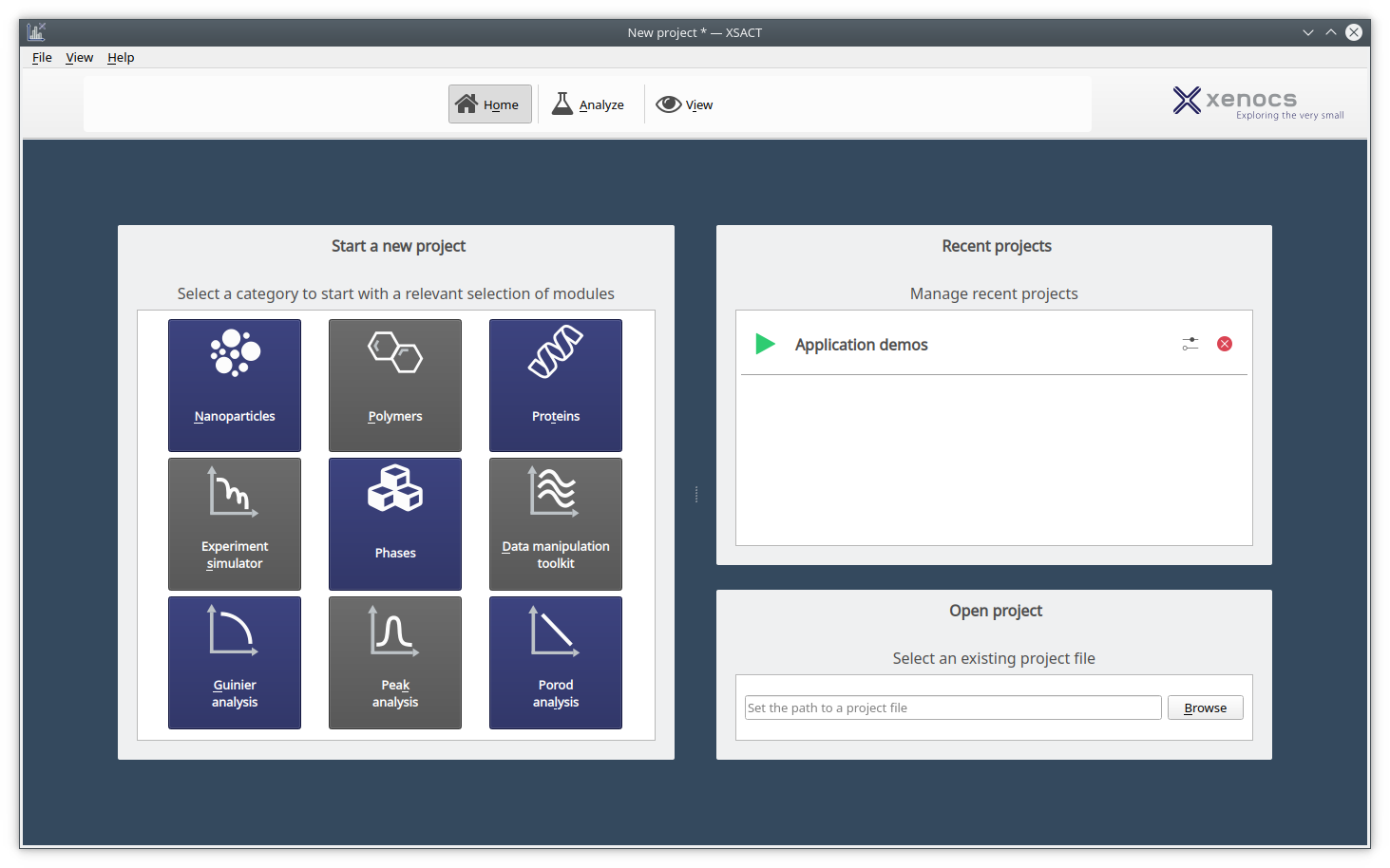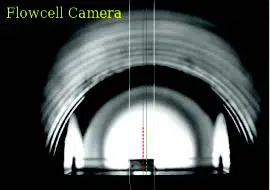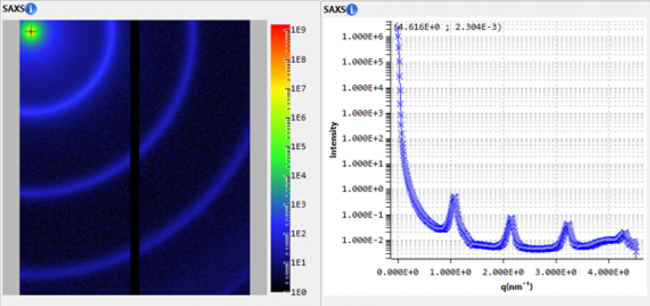Huang, Zhifeng; Kay, Christopher W. M.; Kuttich, Björn; Rauber, Daniel; Kraus, Tobias; Li, Hongjiao; Kim, Sangwon; Chen, Ruiyong
Zhang, Fei; Liu, Xiaoyan; Yang, Menghua; Cao, Xiaoqing; Huang, Xingyu; Tian, Yue; Zhang, Fang; Li, Hexing
Fretz, Samuel J.; Janson, Caroline; Rosas-Arbelaez, Walter; Palmqvist, Anders E. C.
Fretz, Samuel J.; Lyons, Christopher T.; Levin, Ella; Chidsey, Christopher E. D.; Palmqvist, Anders E. C.; Stack, T. Daniel P.
Wienhold, Kerstin S.; Körstgens, Volker; Grott, Sebastian; Jiang, Xinyu; Schwartzkopf, Matthias; Roth, Stephan V.; Müller-Buschbaum, Peter
Rowlandson, Jemma L.; Coombs OBrien, James; Edler, Karen J.; Tian, Mi; Ting, Valeska P.
Zhang, Yiwei; Sajjad, Muhammad T.; Blaszczyk, Oskar; Parnell, Andrew J.; Ruseckas, Arvydas; Serrano, Luis A.; Cooke, Graeme; Samuel, Ifor D. W.
Zhu, Xiaoqian; Guo, Bing; Fang, Jin; Zhai, Tianshu; Wang, Yanan; Li, Guangwei; Zhang, Jianqi; Wei, Zhixiang; Duhm, Steffen; Guo, Xia; Zhang, Maojie; Li, Yongfang
Fan, Qunping; Liu, Tao; Gao, Wei; Xiao, Yiqun; Wu, Jingnan; Su, Wenyan; Guo, Xia; Lu, Xinhui; Yang, Chuluo; Yan, He; Zhang, Maojie; Li, Yongfang
Yin, Hang; Zhang, Chujun; Hu, Hanlin; Karuthedath, Safakath; Gao, Yajun; Tang, Hua; Yan, Cenqi; Cui, Li; Fong, Patrick W. K.; Zhang, Zhuoqiong; Gao, Yaxin; Yang, Junliang; Xiao, Zuo; Ding, Liming; Laquai, Frédéric; So, Shu Kong; Li, Gang





